Editor’s Choice: Supply Chain Automation for a Greener Future
Logistics Viewpoints
JULY 25, 2024
Note: Today’s post is part of our “Editor’s Choice” series where we highlight recent posts published by our sponsors that provide supply chain insights and advice. This article comes from Joan Lim, Senior Manager, Product Marketing at Oracle and looks at the intersection of autonomous supply chains and sustainability.


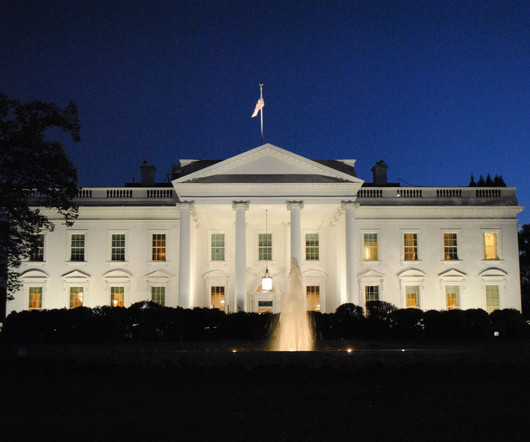



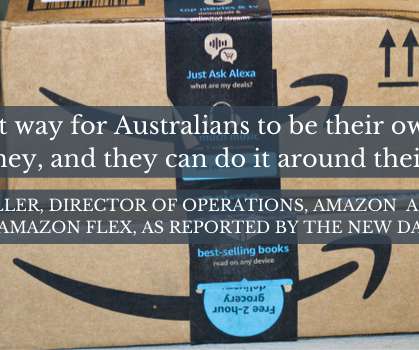


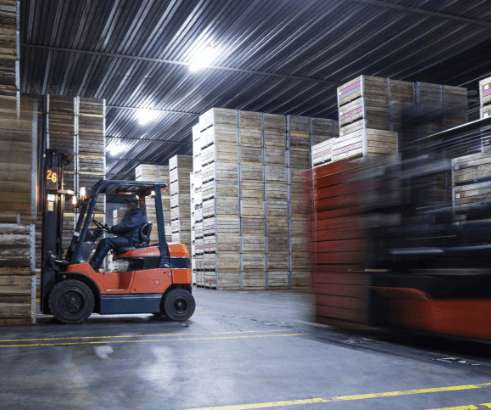















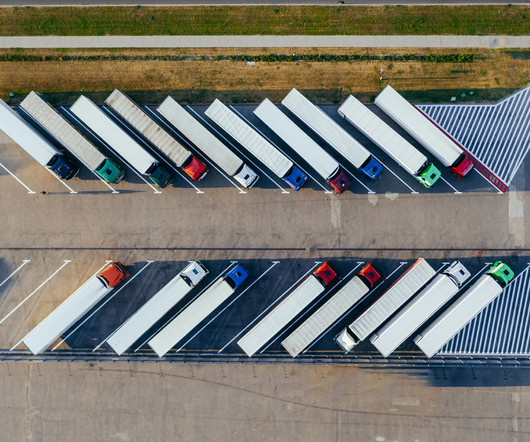
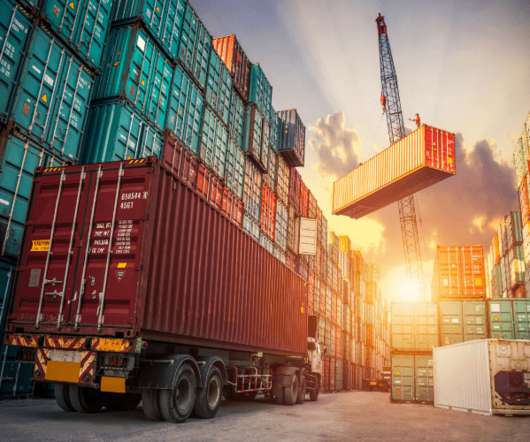
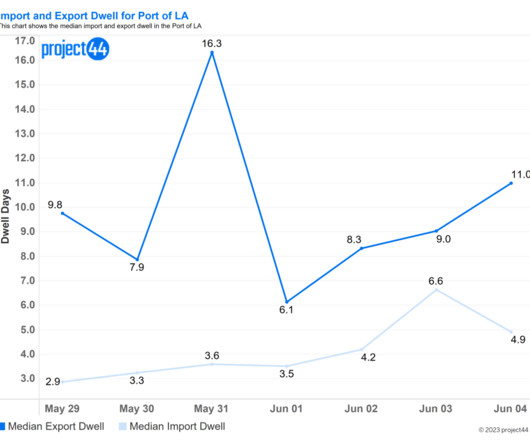











Let's personalize your content